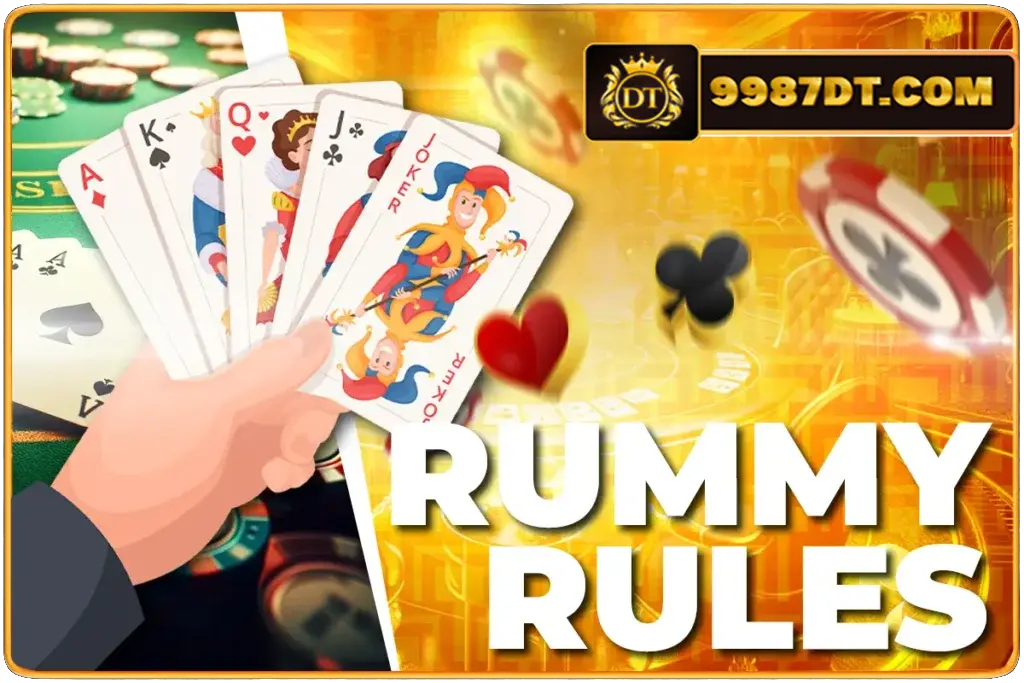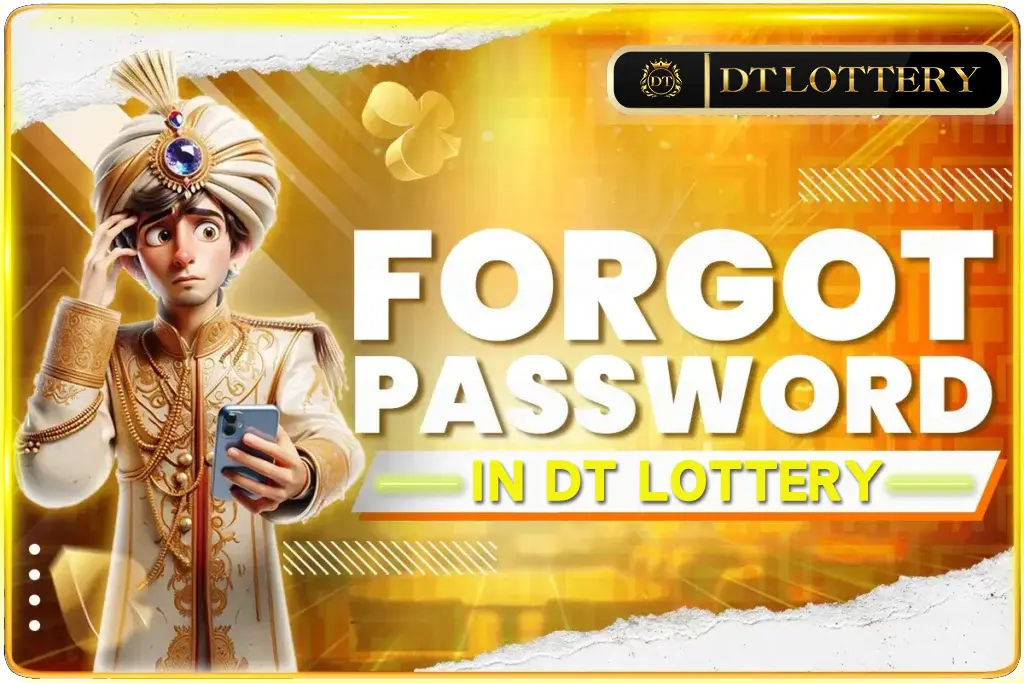Online Rummy Rules : The Basic Objective | India Games
Hi everyone! We’re DT Lottery, and today we’re excited to walk you through the basics rule of Rummy. This game has lots of versions, but don’t worry, the main ideas stay pretty much the same across all of them. The biggest difference is usually just how you add up the points.
We’ve put together this post to make Rummy rules super clear and fun to learn, whether you’re picking up the game for the first time or just need a little refresher.
Our goal is to make sure you finish this guide feeling ready and excited to join a game of Rummy. So, ready to start exploring the world of Rummy Rules with us? Let’s shuffle up and deal!

Rummy Rules PDF | DT Games
For those who love having information at their fingertips, we’ve got something special for you. We’ve compiled a comprehensive Rummy Rules PDF that you can easily download and keep handy. This PDF is your go-to guide, packed with all the details you need to master the game.
Why a PDF, you ask? Well, it’s simple! Having a PDF means you can quickly refer to the rules anytime, anywhere – whether you’re in the middle of a game with friends or just brushing up on your skills at home. Plus, it’s super convenient to have on your phone or tablet, so you can take your Rummy know-how with you on the go.
Inside the PDF, you’ll find everything from the basic rules of Rummy to the more intricate details of scoring and strategy. We’ve laid out the information in a clear, easy-to-read format, so whether you’re a beginner or a seasoned player, this guide has something for you.
So, where can you get this handy guide? Just click the file below. It’s completely free, and it’s a fantastic resource for anyone looking to become a Rummy pro. Download it, share it with your friends, and most importantly, have fun playing Rummy!
Rummy Game Rule: The Card Categories | DT Games
Understanding the categories of cards in Rummy is like getting the keys to the kingdom. In this game, cards are neatly divided into suits and ranks, which are the core of your gameplay strategy.
First off, let’s talk about suits. There are four of them in a standard deck: Hearts, Diamonds, Clubs, and Spades. Each suit is equally important in Rummy and plays a role in forming sequences and sets. Imagine them as different teams; each has its unique emblem but equal in the game’s context.
Now, onto the ranks. These range all the way from the lowly Ace up to the regal King. Each card holds a point value which is super important for scoring. Here’s a quick rundown:
- Numbered Cards (2-10): These are your bread and butter in Rummy. Each of these cards is worth its face value in points. For instance, a 2 is worth 2 points, a 7 is worth 7 points, and so on. They are crucial for forming sequences and sets.
- Face Cards (King, Queen, Jack): Each of these cards, regardless of suit, is worth 10 points. They bring a higher value to your hand and can be game-changers when used wisely in sets and sequences.
- The Ace: This card is a bit of a chameleon in Rummy. It can play a dual role, acting as either the lowest card (below 2) or the highest card (above King). This unique feature makes the Ace a versatile and valuable card in your Rummy strategy.
Joker and Its Rule in Rummy | DT Games
When it comes to Rummy, the Joker isn’t just a character from a comic book; it’s a game-changer! This special card can turn the tide of the game in your favor if used smartly. The Joker acts as a wildcard, which means it can take the place of any other card to help you form a winning hand.
There are two types of Jokers in Rummy, and understanding their roles is key to mastering the game:
- Printed Jokers: These are the Jokers that already exist in a standard deck of cards, often recognizable by their unique and whimsical design. In Rummy, their job is to step in for any other card you might be missing. Need a card to complete your sequence or set? The Joker has got your back!
- Wild Jokers: Now, this is where it gets even more interesting. At the start of each Rummy game, a random card is selected to act as the wild Joker. This means that all cards of that rank, regardless of suit, become Jokers for that game. For instance, if the 7 of Diamonds is picked as the wild Joker, all 7s in the deck, no matter their suit, gain the magical properties of a Joker.
What makes the Joker so pivotal in Rummy is its ability to add flexibility to your hand. Stuck with incomplete sequences or sets? A Joker can fill in the gaps. However, it’s not just about using the Joker; it’s about using it wisely. A well-played Joker can mean the difference between winning and losing a hand. It’s a powerful ally, but one that needs to be used at the right moment.
Rummy Sequences and Its Rules | DT Games
In Rummy, creating sequences is like building the foundation of a house. It’s essential for your success in the game. Here, we dive into the different types of sequences you can form and their specific rules. Knowing these is key to playing your cards right.
- Pure Sequence: Think of a pure sequence as your Rummy bread and butter. It’s a group of three or more cards that follow each other in order and belong to the same suit, like 4, 5, 6 of Hearts. The crucial thing here is that you can’t use a Joker to fill in the gaps. It’s all about natural flow. This sequence is your rock in the stormy seas of Rummy – reliable and strong.
- Impure Sequence: Now, let’s add a little twist with the impure sequence. This is quite similar to the pure sequence, but with a joker card thrown into the mix. Say you’ve got 7 and 9 of Clubs, but you’re missing the 8. No problem! Just slide in a Joker there, and voilà – you’ve got an impure sequence. It’s like having a wild card up your sleeve.
- Triples: This is where you shift gears and focus on numbers instead of suits. A triple is a combination of three cards of the same rank, but from different suits. Think of having a 7 of Hearts, 7 of Diamonds, and 7 of Spades. It’s like hitting the number jackpot in Rummy.
- First Life and Second Life: Some Rummy India Games add an exciting layer with the concept of first life and second life. To win, you need to create two sequences. One of these must be a pure sequence (first life), and the other can be either pure or impure (second life). This rule adds depth to the game, making strategy and planning even more crucial.
Common Rummy Terms and Their Rules | DT Games
In Rummy, like any other game, getting familiar with the specific terms and their associated rules is essential to play effectively. Here’s a breakdown of some key terms you’ll encounter:
- Sets and Rules of Sets: A set in Rummy is a grouping of three or four cards that have the same rank but are of different suits. For instance, a set could consist of a 7 of Hearts, 7 of Clubs, and 7 of Spades. What’s interesting about sets is that you’re allowed to use a Joker as a substitute for a card you’re missing. This flexibility can be a game-changer, allowing you to complete a set you otherwise couldn’t.
- Discard and Rules of Discard: Each turn in Rummy involves an important decision: choosing which card to discard. When it’s your turn, you pick a card either from the draw pile or the discard pile, and then you must discard one card from your hand onto the discard pile. This action is more strategic than it may seem at first. The card you discard could be the very card your opponent needs, so choose wisely!
- Rummy Drop Off and Its Rules: If you feel like your hand isn’t going to win, Rummy offers an option to ‘drop’ or bow out of the game. However, this isn’t a decision to be taken lightly. Dropping out incurs penalty points, and the longer you wait to drop, the more points you might lose. There’s an initial drop, where the penalty is less, and a middle drop, where the penalty is more severe. Knowing when to hold on and when to fold is key.
- Rummy Show and Its Rules: The grand finale of a Rummy game is the ‘show’. This is when a player thinks they’ve met all the game’s requirements and declares their hand for evaluation. To make a successful show, all cards in hand must be arranged in valid sets and sequences. If your show is correct, you win the game. But if there’s an error in your sets or sequences, it’s considered an invalid show, and you face penalties.

What are the Rules to Calculate Points in a Rummy Card Game?
When diving into the world of Rummy, understanding how points are tallied is key to mastering the game. Here’s a breakdown of the point calculation rules, particularly in the classic version of Rummy:
- Point Value of Cards: Each card in Rummy carries a specific point value. For the numbered cards, the point value is straightforward – it’s the same as the number on the card. So, a 5 of Spades is worth 5 points. However, for the face cards (Jack, Queen, King) and Aces, the game ups the ante a bit – each of these cards is worth 10 points.
- Joker’s Unique Role: The Joker card, always a bit of a wildcard in card India Games, has an interesting role in Rummy. In terms of points, it’s a relief – Jokers are valued at zero points. This can be a game-changer in your strategy, as they don’t add to your point burden.
- Calculating the Loser’s Score: The end of a Rummy game is all about the numbers. If you’re the player who didn’t make a valid declaration, your score is calculated by adding up the points of the cards that aren’t part of any valid set or sequence. But here’s a crucial twist: if you haven’t formed a pure sequence (which is a must-have in the game), then all the points in your hand are counted.
- Cap on Maximum Points: There’s a bit of a safety net in Rummy – the maximum points a player can be penalized in a round is capped. Even if your hand adds up to more, the maximum penalty you’ll face is 80 points. So, if your ungrouped cards total up to 85 points, for instance, you’re only hit with an 80-point penalty.
Frequently Asked Questions About Rummy | DT Games
Can I replace a Joker in a sequence or set after it’s been placed?
This is a common question in Rummy, and the answer depends on the specific rules of the game variant you’re playing. Generally, in most Rummy variations, once a Joker is placed in a set or sequence, it cannot be moved or replaced by another card. It’s always a good idea to clarify this rule before starting a game, as practices can vary.
Is Rummy purely a game of chance | DT Games
While the deal of the cards in Rummy involves chance, the game itself is predominantly one of skill and strategy. Players must make decisions about which cards to keep, which to discard, and how to form their sets and sequences most effectively. A skilled player can often turn a less favorable hand into a winning one with clever play.
How do I decide whether to keep a high point card or discard it?
High point cards, like Aces, Kings, Queens, and Jacks, can significantly increase your points if they’re not part of a valid set or sequence when the game ends. The decision to keep or discard these cards depends on your overall strategy, the progress of your hand, and what you think the other players are collecting. A general tip is to discard high point cards early in the game if they are not forming part of a sequence or set, to minimize the risk of accumulating points.







